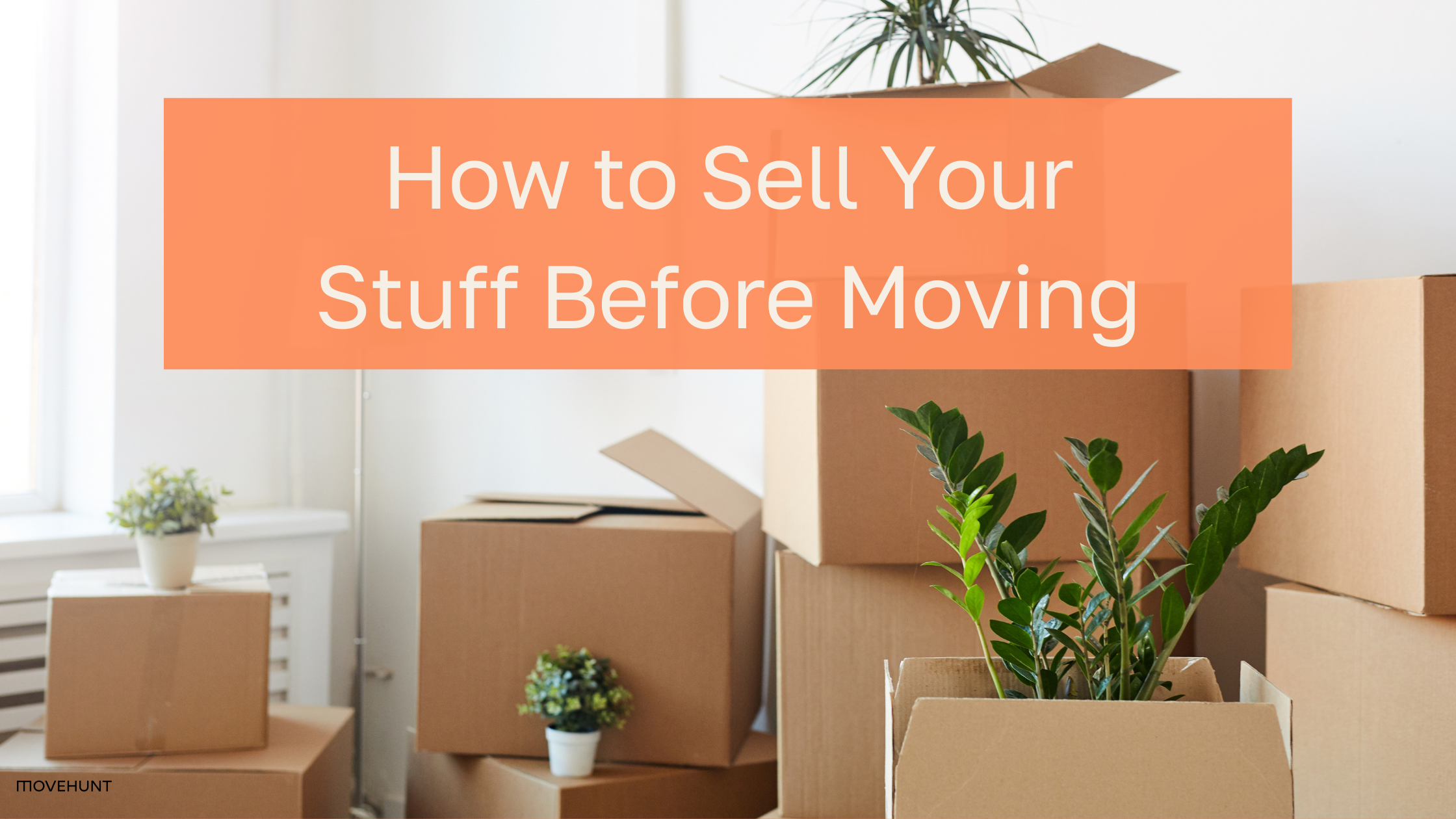Selling before a move doesn’t have to be stressful. With a bit of planning, you can avoid no-shows, haggling, and scams.
How to Spot a Scam Buyer or Seller (and Avoid Them Entirely)
Selling secondhand? Don’t fall for scammy buyers or sellers. Read on to discover how to spot the red flags before it’s too late.
.svg)

You’ve found the perfect secondhand desk online.
Or maybe you’re finally selling your old bike before moving out.
You message the buyer or seller, agree on a price, set up a time… and then something feels off.
They want to pay via a strange method. Or they suddenly ask for your personal info. Or they simply stop responding.
Sound familiar?
Unfortunately, online marketplaces — especially informal ones — can be a breeding ground for scam buyers and sellers. Whether you’re using Facebook groups, community forums, or general secondhand apps, you need to stay sharp.
Here’s how to spot the red flags early, protect yourself from scams, and make sure your next transaction is a safe one.
1. 🚩 Payment requests that don’t feel right
One of the biggest warning signs of a scam is a buyer or seller who insists on using an unusual or untraceable payment method.
- They ask you to pay using PayPal Friends & Family
- They want a full transfer upfront before meeting
- They say they’ll “refund you later” if something goes wrong
- Or — worse — they want you to overpay and send the difference back
These tactics are classic scammer moves. They rely on speed, confusion, and the lack of any real secure secondhand sales system.
🧠 Tip: Only use platforms where payments are protected — ideally held in escrow until the exchange is completed.
2. 👻 Profiles that feel fake
Scam accounts often have brand new profiles or very little personal information.
Red flags include:
- No profile photo
- A suspicious name or location mismatch
- Recently created account
- No marketplace history or ratings
If someone’s trying to buy or sell valuable items but their profile looks like it was made yesterday, proceed with caution.
🧠 Tip: Before confirming any sale, check the user’s profile activity, join date, and review history. If you’re using a platform like Movehunt, buyers and sellers are pre-verified to prevent this kind of risk.
3. ✉️ Overeager or vague communication
If someone’s in a rush to buy or sell — but avoids your actual questions — that’s another red flag.
Examples:
“I’ll take it, no questions.”
“Let’s move fast, I’m in a hurry.”
“I can’t meet, but I’ll send someone.”
“Can we skip the platform and just deal directly?”
Scammers often avoid giving you time to think. They try to sound urgent, vague, or overly agreeable — anything to get you to hand over money or an item without verifying anything.
🧠 Tip: If someone avoids meeting in person or wants to change the terms last-minute, walk away.
4. 🏠 Requests for personal or financial information
Never — and we mean never — share personal data like your:
- ID number
- Full home address
- Bank account details
- Credit card info
- Email login or verification codes
Real buyers and sellers don’t need these details. If someone asks for them, it’s almost always a scam.
For safe selling before moving, only use platforms that protect your communication and store sensitive info securely.
5. 🧾 Fake proof of payment or shipping
Another common scam tactic? Faking a transaction.
Some buyers will send screenshots claiming they transferred money — but it never actually arrives. Others might claim the item was “already shipped” and show a fake tracking number.
These tricks work because they look convincing, especially if you’re rushing to wrap up a sale.
🧠 Tip: Always confirm payment through your own banking app or platform dashboard. Don’t rely on screenshots. And never send an item without verified payment.
Why scam protection matters in every move-out sale
Whether you’re downsizing, upgrading, or simply cleaning house, secondhand transactions should feel simple — and safe. But with so many informal platforms out there, scams are easier to fall into than you’d think.
When you’re selling before moving, you don’t have time to double-check every buyer or question every payment.
That’s why more people are switching to platforms like Movehunt — where:
- 💳 Payments are held safely until pickup
- 👥 Users are verified
- 🛡️ Scams are prevented before they start
- 📱 The transaction ends with one QR scan and a guaranteed payout
It’s secondhand selling, minus the guesswork.
🛒 Sell and Buy Safely — Every Time
Spotting scams isn’t about being paranoid — it’s about being prepared.
If something feels off, it probably is. Trust your gut, protect your details, and never rush into a transaction just to get it over with.
And when possible, use tools that are actually designed to keep you safe. Because when payments are protected and buyers are verified, you can buy or sell without second-guessing everything.


.svg)